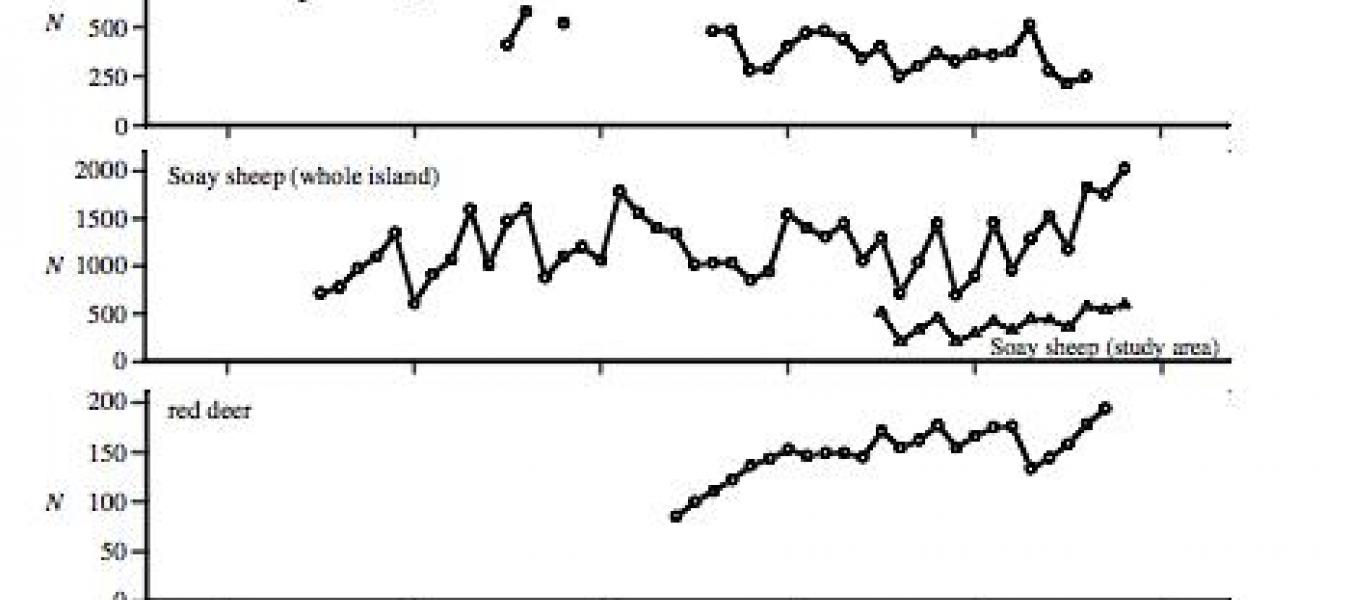The Relative Roles of Density and Climatic Variation on Population Dynamics and Fecundity Rates in Three Contrasting Ungulate Species

The relative influences of density-dependent and -independent processes on vital rates and population dynamics have been debated in ecology for over half a century, yet it is only recently that both processes have been shown to operate within the same population. However, generalizations on the role of each process across species are rare.
Using a process-orientated generalized linear modelling approach we show that variations in fecundity rates in populations of three species of ungulates with contrasting life histories are associated with density and winter weather in a remarkably similar manner. However, there are differences and we speculate that they are a result of differences in size between the species.
Much previous research exploring the association between vital rates, population dynamics and density dependent and -independent processes has used pattern-orientated approaches to decompose time-series into contributions from density-dependent and -independent processes. Results from these analyses are sometimes used to infer associations between vital rates, density and climatic variables. We compare results from pattern-orientated analyses of time-series with process-orientated analyses and report that the two approaches give different results. The approach of analysing relationships between vital rates, density and climatic variables may detect important processes influencing population dynamics that time series methodologies may overlook.
